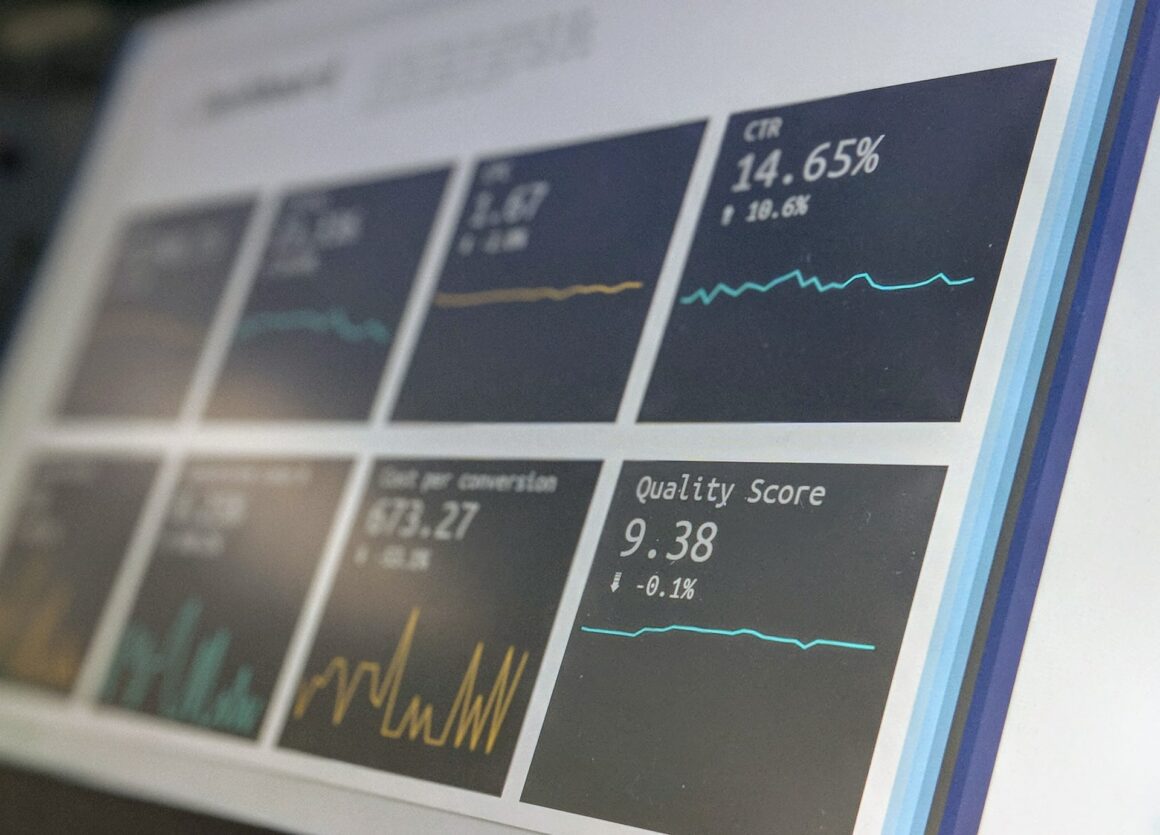In today’s product design landscape, achieving excellence requires more than just creative flair—it demands a strategic approach. In this article, we’ll explore the critical subject of Measuring Design Maturity.
We’ll delve into why it’s essential and, more importantly, how to effectively measure it within your organisation.
What is Design Maturity?

Design maturity is akin to a compass guiding organisations towards design excellence. It’s the journey from simply ‘doing design’ to becoming truly ‘design-centric,’ where design principles and practices seamlessly integrate into every facet of your business.
This transformation can turn design into a strategic asset that drives innovation, enhances customer satisfaction, and ultimately leads to business success. But, how do you gauge where your organisation stands on the design maturity spectrum? That’s where metrics and key performance indicators (KPIs) come into play.
The Significance of Measuring Design Maturity

Before we delve into the metrics and KPIs, let’s understand why measuring design maturity is crucial. Here’s what I’ve learned through my journey as a Design Leader in Lebara in increasing the organisations’s Design Maturity level:
1. Assessment for Improvement
Measuring design maturity provides an objective assessment of your current state, akin to a health checkup for your design practices. Identifying strengths and weaknesses allows you to focus on areas that need improvement, driving meaningful change.
2. Alignment with Business Goals
Metrics tied to design maturity help align design efforts with broader business goals. Demonstrating how design contributes to revenue, customer loyalty, and market share gains support and resources from leadership.
3. Benchmarking and Goal Setting
Measuring design maturity sets a baseline for realistic improvement goals. It enables you to compare your organisation’s progress with industry peers, creating a healthy competitive edge.
Key Metrics and KPIs

Now, let’s get to the heart of the matter. What metrics and KPIs should you be tracking to measure design maturity? Here are some crucial ones:
1. Design Team Competency
- Skills Assessment: Regularly assessing your team’s skills and competencies and tracking their evolution through training and experience.
2. User-Centered Practices
- User Testing Frequency: Measuring how often user testing occurs during the design process, indicating a higher level of user-centeredness.
- UX Research Impact: Gauging the impact of UX research on decision-making and its positive outcomes.
3. Design Integration
- Cross-Functional Collaboration: Tracking the frequency and effectiveness of collaboration between design and other departments, such as development, marketing, and product management.
4. Design Delivery Efficiency
- Design Iteration Speed: Measuring the time it takes to move from initial concepts to a final, shippable product, reflecting higher efficiency.
5. User Satisfaction and Feedback
- Net Promoter Score (NPS): Collecting NPS data to understand user satisfaction with your product’s design, with high NPS scores correlating with design maturity.
Embrace the Journey to Design Maturity

Measuring design maturity is about fostering a culture of design excellence within your organisation. My experience as Design Leader has shown that this transformation can lead to innovation, enhanced customer experiences, and a thriving business.
By regularly assessing your design maturity and setting measurable goals, you can embark on a journey that transforms your organisation.
So, don’t just do design—embrace design maturity, and watch your organisation reaching new heights. Start measuring, start improving, and start succeeding.



